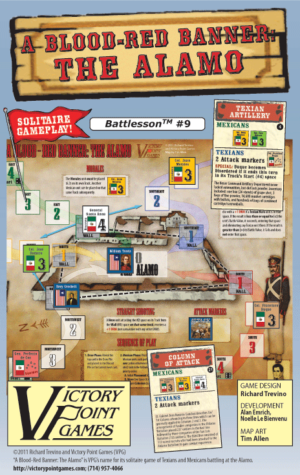
Publisher: Victory Point Games
Designer: Richard Trevino
Artist: Tim Allen
Year: 2011
Players: Solitaire game
Ages: 10+
Playing time: 15 to 20 minutes
MSRP: $17.95
Do you have what it takes to withstand the siege? Defend the Alamo and wave your flag of victory in A Blood-Red Banner!
Those are the tag lines for Victory Point Games latest entry into their Battlesson series although it is also advertised as part of their States of Siege line as well. I would consider A Blood Red Banner to be the most introductory of SoS titles currently available and might be one which some gamers may look at to give either series a shot. VPG is well known for their titles focusing on solitaire play and here we have another addition to their collection of solo games.
Set up takes no more than a couple of minutes as there are only a handful of counters to lay out and twenty four event cards to shuffle. The map is a representation of the Alamo as well as the routes of attack the Mexican columns may take. The rules are very simple and only consist of two pages which need to be digested and an average game shouldn’t last more than fifteen to twenty minutes.
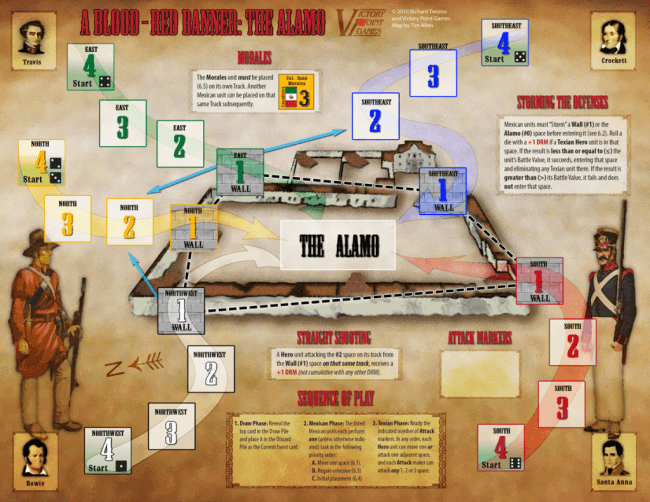
Gameplay breaks down into flipping an event card and moving the Mexican attack column (or columns) as is indicated on the card. Mexican units begin off board and each is placed the first time their counter appears on the event card. The counter is placed in the number four box of a randomly determined attack route. Each time the counter appears again on a subsequent event card that column will move one, or sometimes two, boxes closer to the walls of the Alamo.
If a Mexican column reaches the walls of the Alamo, a die must be rolled to determine if the attackers have stormed and taken that section of the defenses. If the attackers take the center square (representing the mission itself) the game immediately ends.

The Texian phase takes place after the Mexican columns move and attempt to storm the walls.
Each hero counter may either move to an adjacent square or perform an attack. The defenders also receive either one or two attacks as determined by the current event card in play. Heros may only attack a Mexican column adjacent to them and connected to that defensive location by a dashed line or a solid blue arrow. Defender attack rolls can be made against any column located on a number three (or lower) space on an attack route. If a hero or defender attack roll succeeds then the target column retreats to the next highest box on the route.

At the end of the day, I think the subject matter of A Blood Red Banner defeats the enjoyment of the game right from the beginning. The Alamo will fall and there’s no way to create any sort of historical simulation that reflects another outcome. Add to this the fact that most gamers don’t find delaying actions the most exciting scenarios to take on and the battle for the Alamo is more exciting in theory as opposed to execution…
Honestly, there really isn’t much for the player to do outside of possibly moving a hero from time to time and choosing which Mexican columns to attack in order to slow down the advance – you won’t find much decision making taking place during the game. You’ll just roll some dice and wait for the inevitable fall of the Alamo. This doesn’t make for much of a gaming experience as you truly feel the game is playing you as opposed to making choices that impact any important outcomes.
Unfortunately, as with any game company worth its salt, there will come a release that’s a surprising let down and A Blood Red Banner is one of those instances. Sorry to say it’s the first Victory Point Games title I cannot recommend. As I mentioned at the start, this is the most introductory of games (thus the Battlesson tag) along the lines of the States of Siege system and some gamers might look to try out either series (or VPG itself) with this release. For those gamers I’d like to point them in the direction of other VPG titles such as Zulus on the Ramparts, The Lost Cause, or We Must Tell the Emperor as shining examples of the excellent gameplay normally found in the SoS series.
[rwp-review id=”0″]
- Chivalry & Sorcery Fifth Edition Reviewed - Nov 3, 2024
- Campaign Builder: Castles & Crowns Reviewed - Nov 2, 2024
- The Roleplaying Game of the Planet of the Apes Quickstart | First Look and Page-Through - Nov 1, 2024




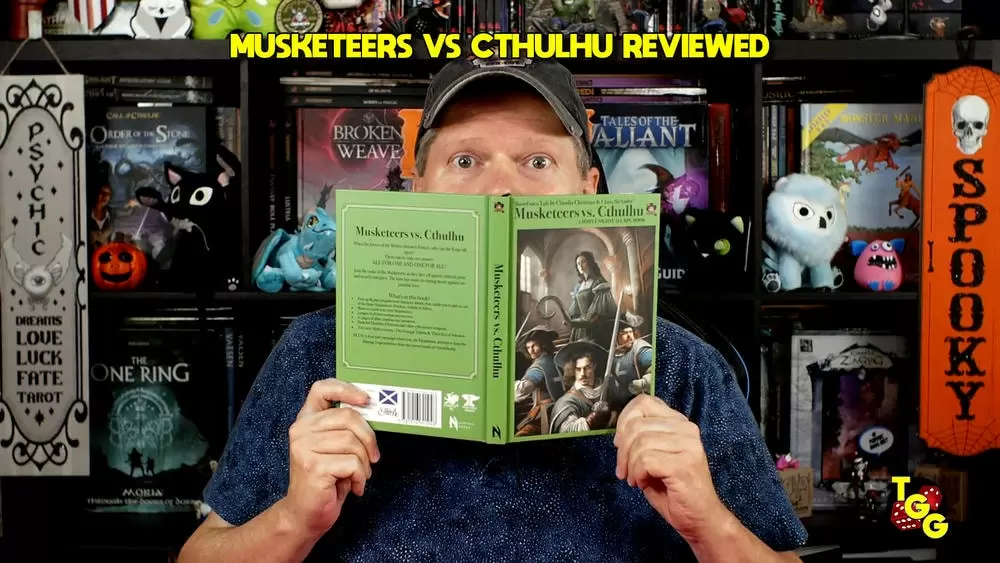
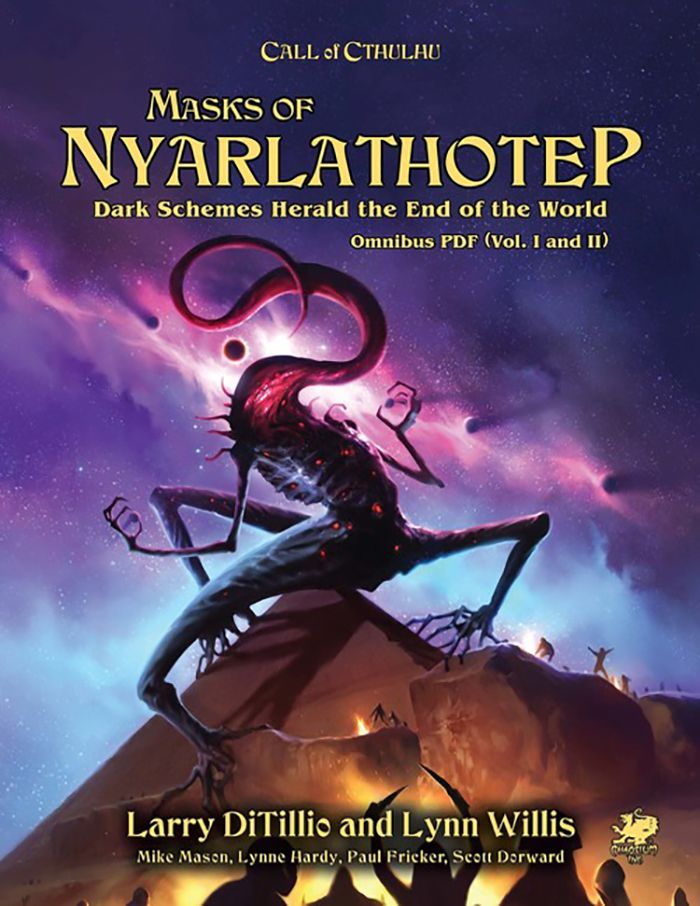
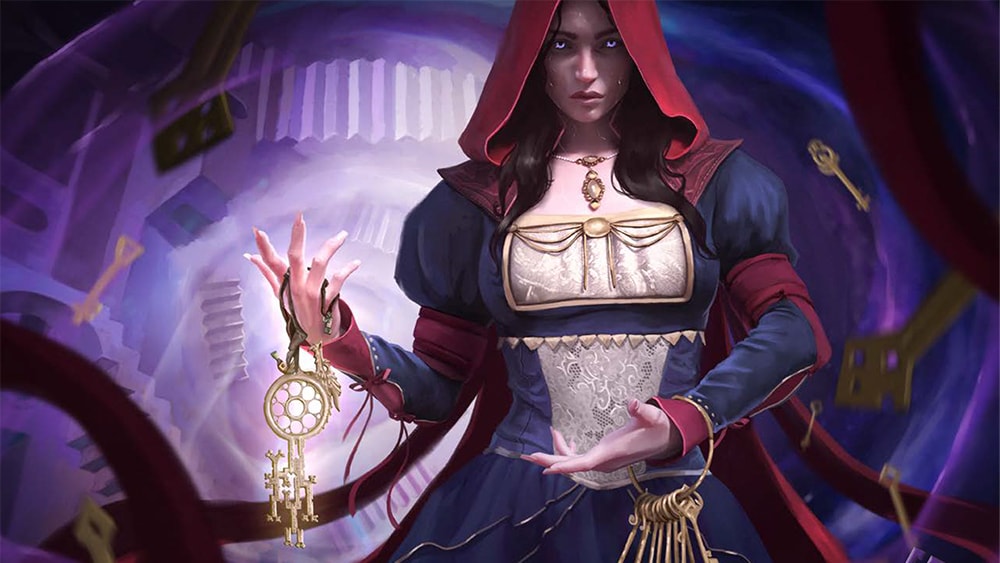
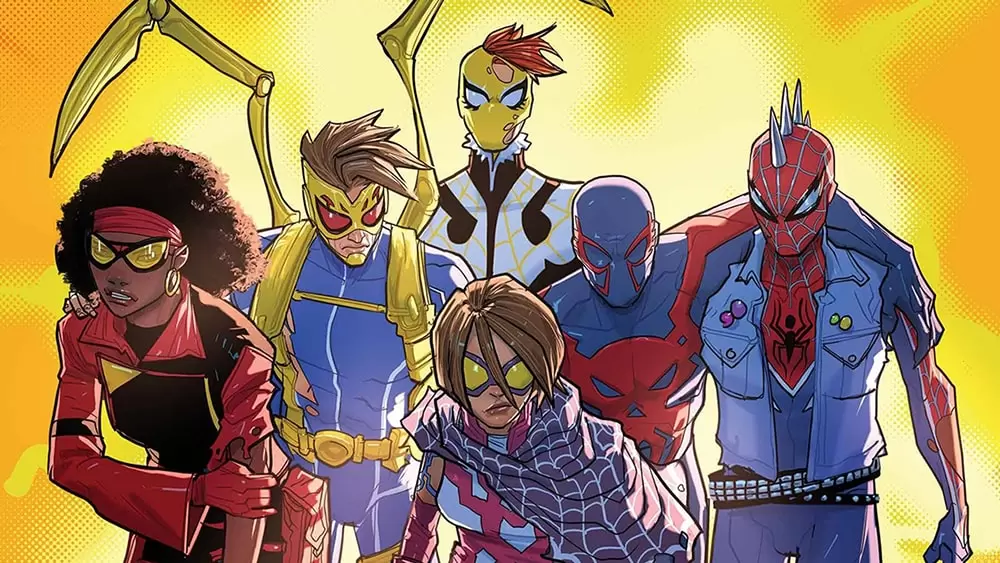
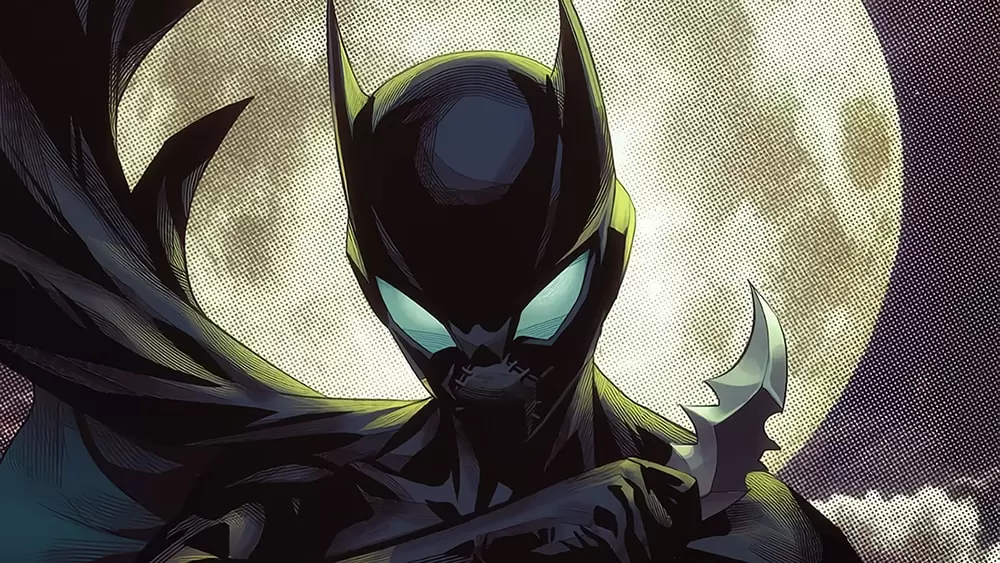



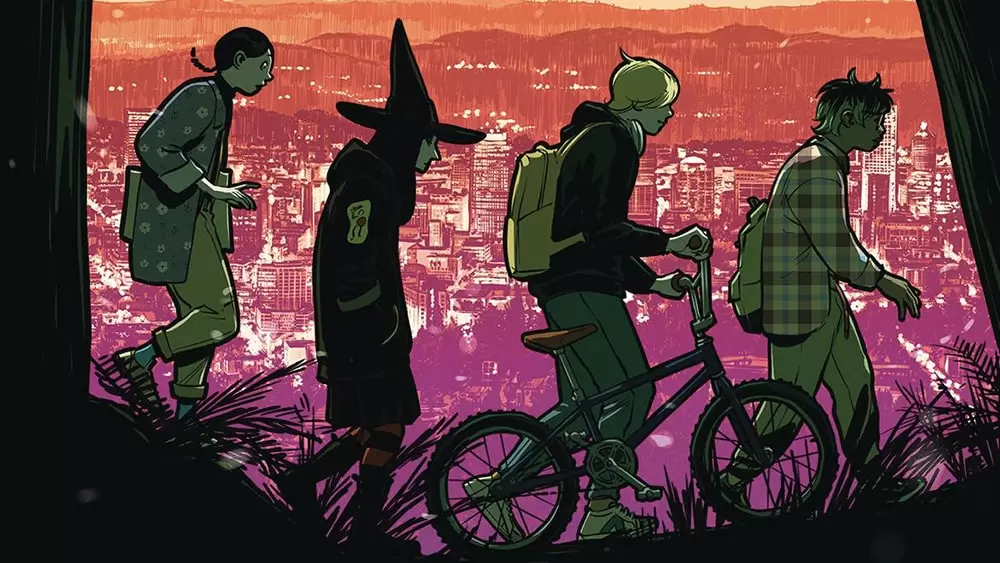
Like ISRAELI INDEPENDENCE, this is an introductory “BattlessonTM” game, not a “States of SiegeTM” game, and it says so right on the covers. It was designed to introduce players to this hobby and not slake the thirst of grognards parched for hard-core decision making brain cell-burning strategy-fests.
So, if you judge this game for what it was designed to do, I think you’ll find that, like ISRAELI INDEPENDENCE, it provides a light, introductory wargaming experience that can be taught to anyone and has great classroom play possibilities. Viva BattlessonTM games!
Alan Emrich
Sorry Alan, I mentioned the States of Siege line simply because I seemed to have remembered the game being promoted as a Battlesson/SoS title. Add to that the fact the A Blood Red Banner is set up exactly as an SoS game with the attack routes and event cards and the game is listed on the VPG website under States of Siege as well. I do apologize for any confusion by not indicating more clearly that it is a Battlesson release.
I’ve edited the review to better state it is a Battlesson release.
No worries, also note that you can “win,” as per the last item in the rules:
How to Win: If the player survives the entire deck without losing (see above), the Mexicans will still eventually capture the Alamo, but you have earned a Texian Major Victory by buying sufficient time for the nascent Texian government to array itself for a likely victory against the Mexicans’ delayed invasion of Texas.
This is interesting because I’ve fielded comments from some other gamers who were actually turned off to the States of Siege series because of Israeli Independence (being so very light, as is A Blood Red Banner). Funny thing, it was Israeli Indpendence that introduced me to States of Siege and honestly at first I had little interest in the game, so I certainly can understand your impressions Jeff. But there definitely is room for these type of introductory games in the hobby, and Israeli Independence is the only board game that my youngest teenage son would ever play with me (being a solitaire design, we played co-op), so I am forever in its debt. Since he just scored an ‘A’ in US History, now I need to ask him to try A Blood Red Banner with me…
Anyway, keep up the very good overall work at TGG – I’ve bookmarked the site and plan on being here often.